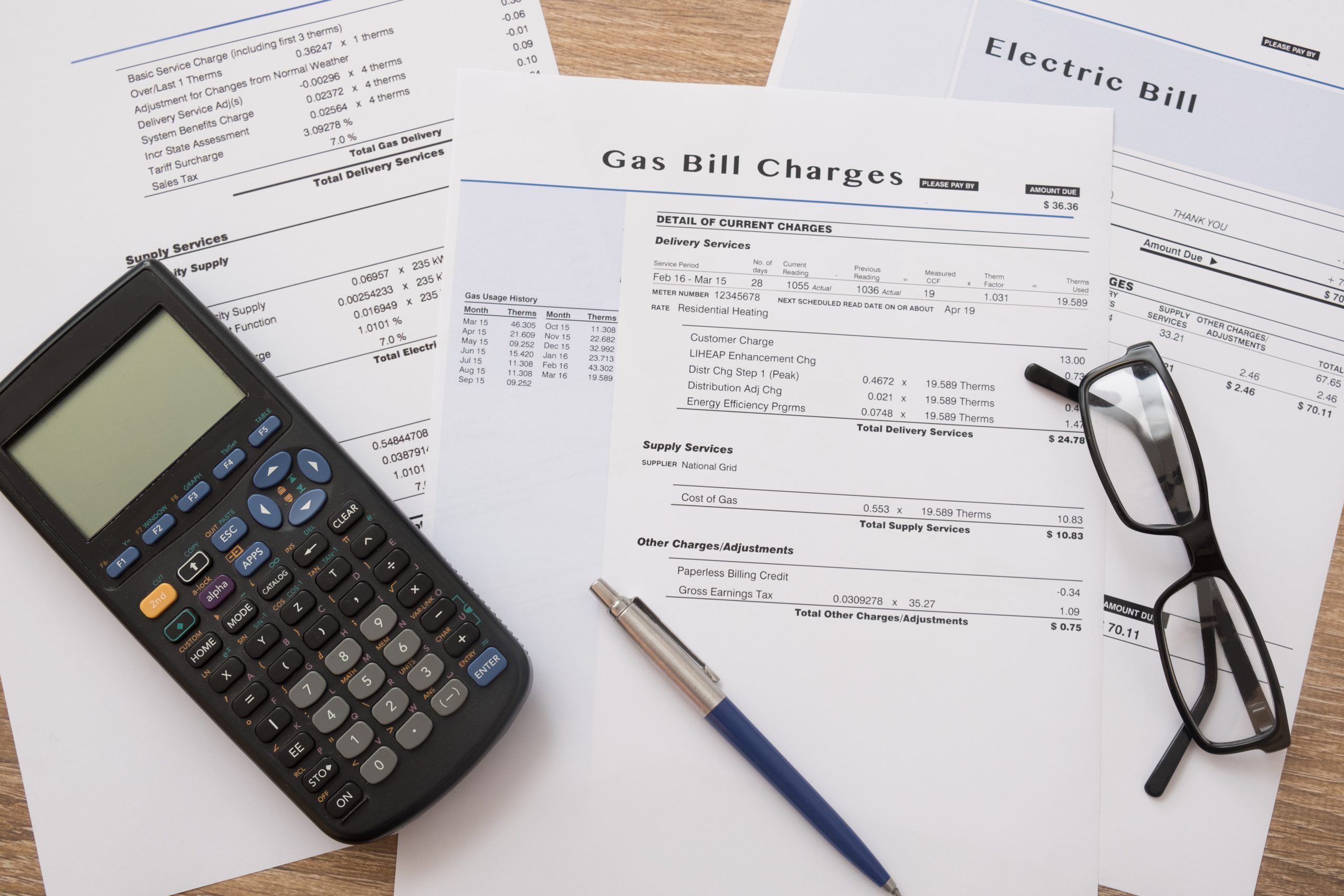Building Energy Performance Standards (BEPS) Compliance
Need help with DC’s BEPS requirements? We’re your one-stop shop to enhance your building’s energy performance so you comply with DC’s latest efficiency requirements
What is DC’s BEPS program?
As a property owner or manager in the District of Columbia, the most important new regulatory system you should be aware of for 2021 is the Building Energy Performance Standards or BEPS. BEPS was a major aspect of the 2018 Clean Energy DC Omnibus Act and established one of the first minimum thresholds for building efficiency in the nation.
Each building that is below DC’s median Energy Star score will be subjected to BEPS.
Properties with scores below this median threshold will be placed in a 5-year compliance cycle and have until the end of the cycle to bring their building into compliance and avoid penalties (maximum penalty details below).
For those below the threshold, the Department of Energy and the Environment (DOEE) offers four different pathways to compliance (details below).
The first set of standards, BEPS 1, applies to buildings over 50,000 square feet and kicks off on January 1st, 2021.

What is the difference between BEPS and Benchmarking compliance?
Let’s distinguish the BEPS initiative from Benchmarking:
Benchmarking is the process of measuring building energy performance.
BEPS creates standards for buildings to meet, pathways to increase efficiency, and fines for failure to comply.

When does BEPS take effect in DC?
Though BEPS and Benchmarking are interrelated, requirements kick in on different schedules:
Energy Benchmarking Compliance for buildings >50,000 SF: April 1, 2014
BEPS 1 Compliance for buildings >50,000 SF: January 1, 2021
Energy Benchmarking Compliance for buildings >25,000 SF: April 1, 2022
BEPS 2 Compliance for buildings >25,000 SF: January 1, 2027
Energy Benchmarking Compliance for buildings >10,000 SF: April 1, 2025
BEPS 3 Compliance for buildings >10,000 SF: Jan 1 2033

How will this affect me as a building owner or manager?
Building owners and managers will need to compare their current Energy Star score to their property type’s DC median Energy Star score to determine if they fall below or above the threshold. If the building falls below the threshold, they must follow one of the following compliance pathways over a 5-year compliance period to avoid penalties:
Performance Pathway:
Gist of it: Reduce the property’s energy usage by 20%
Details: Reduce the property’s average Adjusted Site Energy Use Intensity (EUI) averaged over the last 2 years of the Compliance Cycle by 20% as compared to the Adjusted Site EUI averaged over the two years preceding the first year of the Compliance Cycle.
For example: For BEPS 1, DOEE will compare the Adjusted Site EUI from calendar years 2019 and 2020 to the Adjusted Site EUI from calendar years 2024 and 2025.
Standard Target Pathway:
For property types for which the standard is above the national median, reach the standard for your property type.
Prescriptive Pathway:
Implement cost-effective energy efficiency measures from a list provided by the BEPS task force and DOEE.
Alternative Compliance Pathway:
Allows an owner to apply to follow a pathway with special criteria agreed upon by DOEE and the building owner designed to achieve energy savings comparable to the Performance Pathway.

What are the penalties for noncompliance?
Penalties shall be determined on:
If the building met all the reporting requirements of the approved pathway after the 5-year compliance cycle
Gross floor area of the building
A ratio of $100,000 per 10,000 square feet rounded down, or $10/sqft
The maximum penalty shall be reduced proportionally to the building’s performance relative to its pathway target (Maximum Penalty Level x Distance from Pathway Target = Final Penalty Level)
More details about BEPS Maximum Penalties on our latest blog post.
Examples of Base Fines:
| Building Size (sq ft) | Maximum Penalty |
| 742,459 | $7,400,000 |
| 498,000 | $4,900,000 |
| 229,628 | $2,200,000 |
| 104,200 | $1,000,000 |
| 72,191 | $700,000 |
| 51,208 | $500,000 |

How do I get started?
From compliance and financing to Energy Star scores, Honeydew Energy Advisors understands the BEPS program right now brings more questions than answers. Honeydew is here to help:
Educate your team about all the details of the program
Choose the most realistic pathway to compliance
Identify the lowest hanging fruits to increase the property’s Energy Star score
Proceed with an energy audit to list out your remaining energy and water conservation measures
Collect multiple bids for each energy conservation measure proposed in the audit report to make sure you’re getting the best service at the best price
List out all financing options
Not sure about your current Energy Star score? Wondering what improvements you will need to implement in order to comply with the new BEPS program? Contact us in the form below to schedule a site survey and energy audit to find out where you stand.
**Free BEPS Webinar**
Join our informational BEPS webinar on September 13, 2022 at 5:30 pm EST to learn more about the updates to the program and what steps you should take to comply. Fill out the form in this link to sign-up and we’ll share the Zoom link a few weeks before the webinar.
